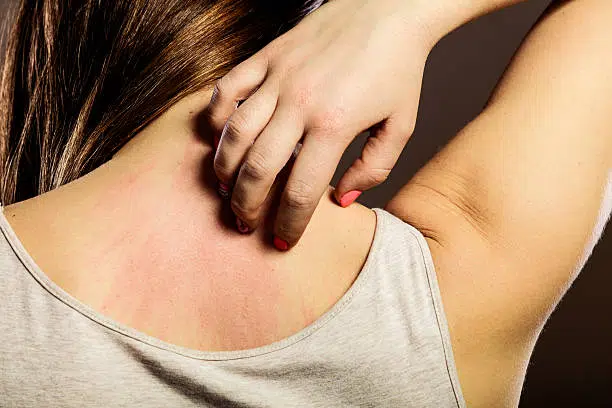
Rashes occur for a variety of reasons, some relatively benign, some extremely serious. Many rashes look similar to one another so their causes may be difficult to diagnose.
Apart from contact dermatitis, patients may develop allergic rashes as a reaction to ingested allergens. Certain food stuffs and medications can trigger hives or other rashes in sensitive individuals.
When a rash is caused by an underlying condition or disease process, the patient must be treated for the pervasive disorder. When a rash is the result of a bacterial infection, it is treated with antibiotics. When a rash stems from a virus, it may be treated with antiviral medication. Allergic rashes are normally treated with antihistamines and, when more severe, with corticosteroids. In many cases, avoidance of contact with the irritating substance or material may be sufficient to help the rash abate.
Almost all rashes that cause itching can be treated symptomatically with one or more of the following: antihistamines, soothing lotions like Calamine, topical or oral corticosteroids, baths with colloidal oatmeal, moisturizing creams or cold compresses. Wearing soft, loose clothing and taking over-the-counter pain relievers may also provide relief.


